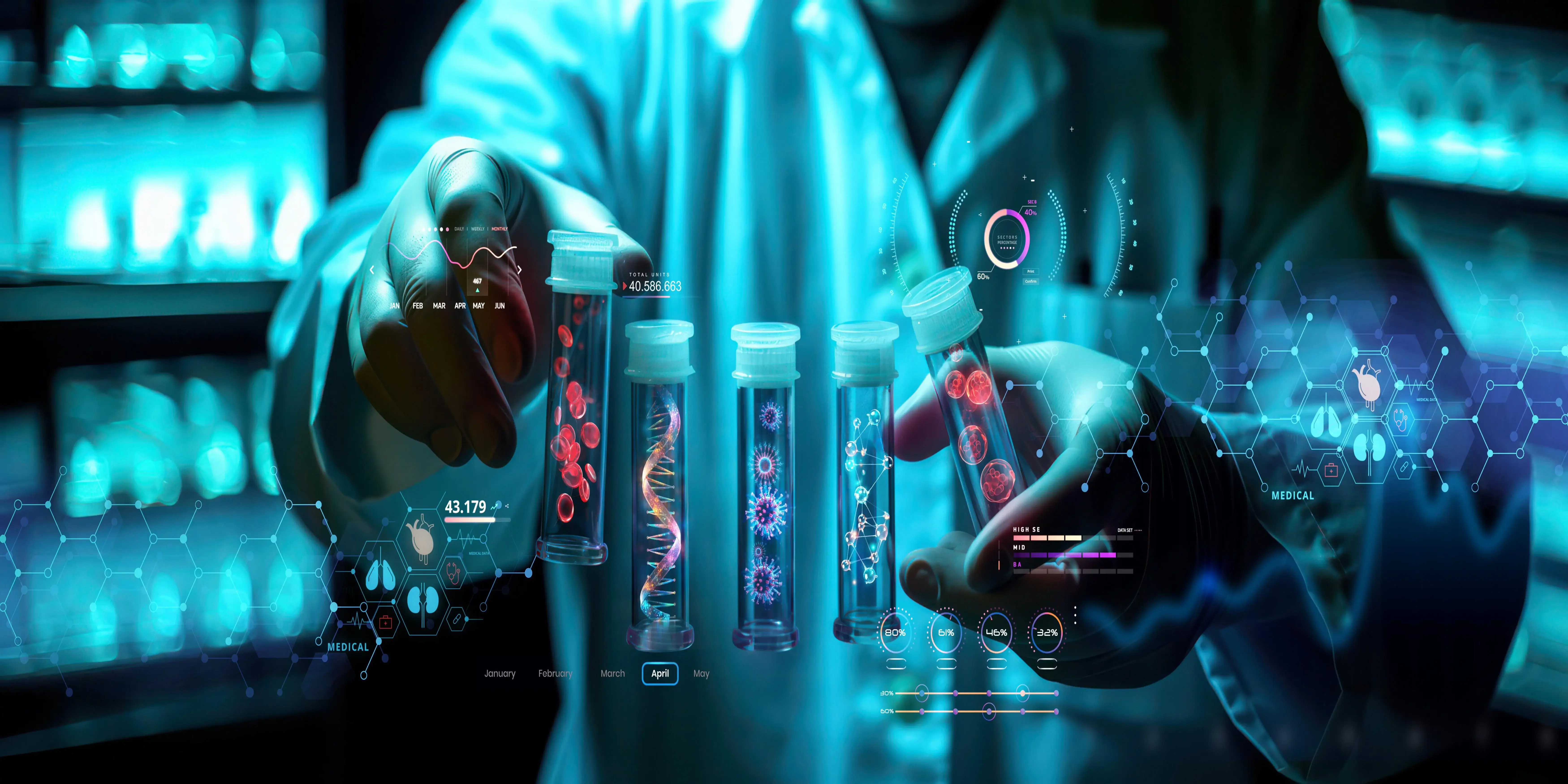Blood collection is one of the most vital dimensions of health care since it contributes to diagnosis, research, and even therapeutic interventions. This is one of the important steps toward the basis of correct laboratory results to aid in guiding patient care and treatment. Besides helping out as a diagnostic tool, blood collection helps many people donate and accept transfusions, saving many lives worldwide. The techniques may differ depending on the case, such as the patient's condition and the tests to be done on the patient, like venipuncture, fingerstick, or arterial sampling. Blood collection, in general, is viewed as a routine yet challenging task: there's always a risk of inflicting harm on the patient, the danger of contamination, and complicated difficult venous access complications, to name a few. Proper training, standardized procedures, and advancements in new instruments all contribute to improved acceptance of the said procedures.
Definition
It is defined as a process in which blood samples are drawn from the patient for transfusion and sometimes for analytical purposes. This is performed through an aseptic technique by a trained healthcare provider.
Why Blood Collection is Significant in Healthcare
Blood collection is an important component of the diagnosis of diseases, monitoring health conditions, and making decisions regarding treatment. The analysis of blood alone can provide information regarding infections, blood disorders, and even one's organ function among other things, hence it is the base of modern medicine.
Evolution of Blood Collection
Bloodletting has been the treatment for some diseases since time immemorial. With some improvements with time, it was used as a more scientific procedure in the way in which blood could be drawn for analysis rather than just as a treatment. Improvements in medical technology and safety standards made modern techniques of phlebotomy much superior
Methods of Blood Collection
Venipuncture
Venipuncture, the drawing of blood via a needle inserted into a vein-mostly on one's arm-is probably the most commonly used technique for blood collection. It is commonly preferred when taking larger volumes of blood because it is used in diagnostic testing and research.
Capillary Blood Collection
Capillary Blood Collection This is another method of collecting blood where a person is required to prick their skin, preferably on the tip of a finger or heel to obtain a small quantity of blood. The procedure is not destructive and hence widely used in point-of-care tests in glucose monitoring of patients suffering from diabetes mellitus.
Arterial Blood Collection
An arterial blood sample is carried out to establish how much gases abound in blood, especially oxygen and carbon dioxide levels. This is a more invasive procedure that tends to be performed in the hospital itself. This process requires a penetration of the blood vessel by a needle into the artery, most times in the wrist region.
Tools and Equipment Used in Blood Collection
Needles and Syringes
Most basic tools include needles and syringes; however, they come in different sizes depending on the kind of blood collection, the size of the patient's vein, etc. Safety-engineered needles are increasingly used to prevent needlestick injuries.
Vacutainer Systems
Vacutainers are special tubes designed for blood collection. They are the ones with a pre-sealed vacuum; thus, there is no need for the person to suck the blood with a syringe into the tube. They have additives dependent upon the type of blood test required.
Capillary Tubes and Lancets
A lancet is a small sharp device to puncture the skin, which is used for the collection of capillary blood. The blood samples are then collected in the capillary tubes that are useful in tests requiring only a small volume of blood such as glucose tests or infant screenings.
Best Practices and Safety Protocols
Proper Identification of Patients
The most important part of collection of the blood is ensuring that the right patient is being tested. Identifying and labeling the correct patient will completely eliminate the cases of errors.
Sterilization and hygiene
Collections of blood should also be infection-free. All the equipment for these purposes need to be sterilized and the personnel should observe hygienic practices. For example, health workers need to wash their hands before coming in contact with the patient, should wear gloves afterward and every time they deal with the samples, etc.
Dealing with Blood Samples
Handling Blood Samples Properly Preserves Integrity Appropriate handling of blood samples ensures proper preservation of its integrity. Proper collection tubes, specific storage conditions, and transport to the laboratory on time are all part of it.
Conclusion
Blood collection is one process of major importance to diagnostics, treatments, and even basic research work in health care. Improving the precision of the sample, ensuring the patient's safety, and making the process easier are some areas of scope for further improvement. Day-by-day evolution of technologies, the aspect concerning the future of blood collection does look very promising, as it presents more effective and less invasive options for the benefit of both parties involved - the healthcare professional and the patient.



